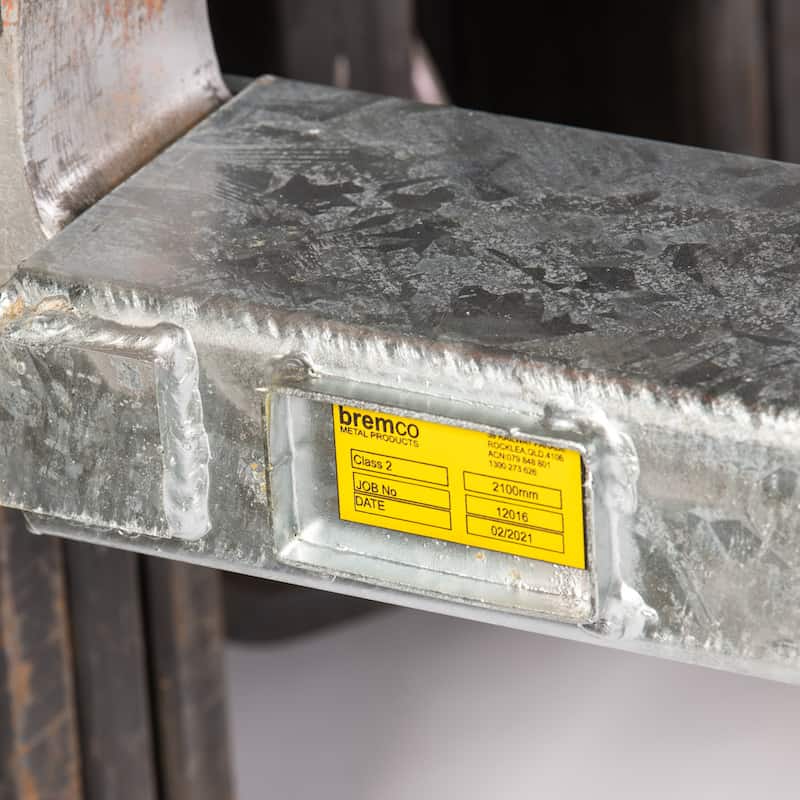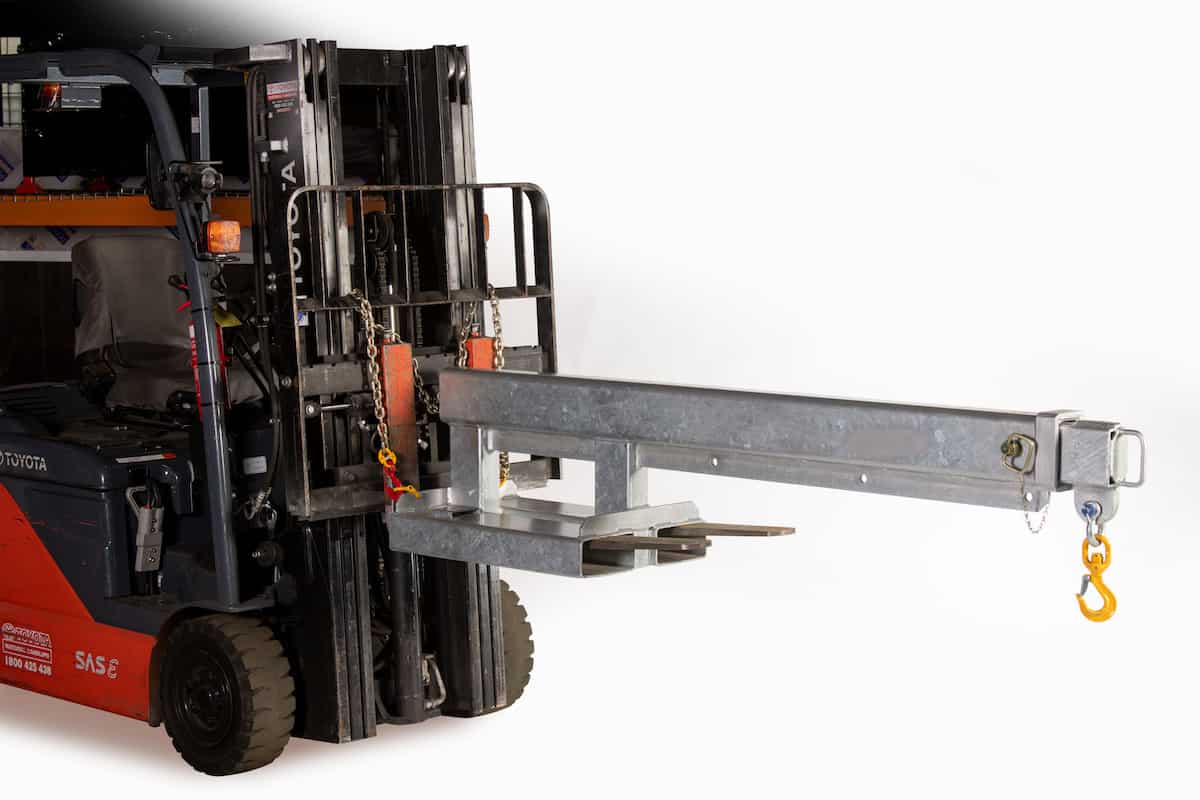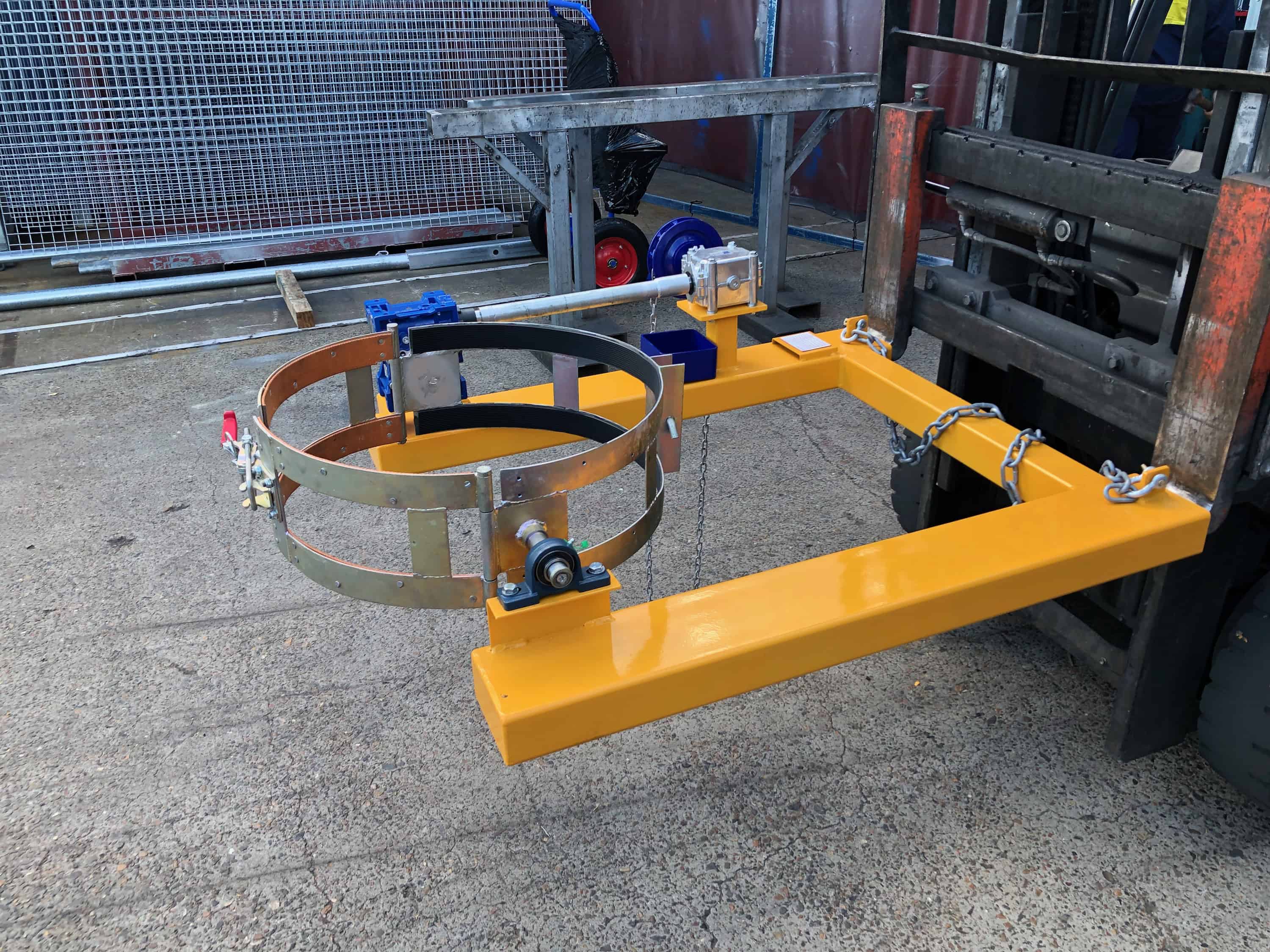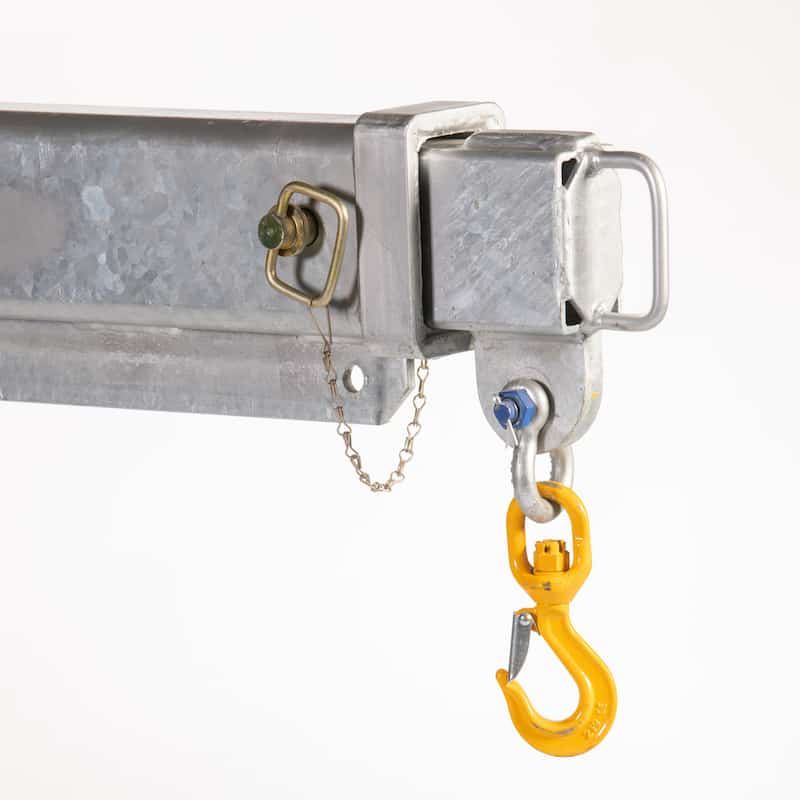Trucks keep Australia moving, but it’s the forklifts used for loading and unloading that make the process seamless.
When you deal in large, heavy and palletised goods, forklifts are the most effective way to keep your business running smoothly. They’re ideal for unloading transport options like trucks and shipping containers.
A skilled forklift operator can significantly reduce the labour and heavy lifting involved with materials handling.
While it’s a straightforward task, unloading a truck with a forklift requires care, planning and a practised operator. This minimises the risk of breakage and protects personnel from unnecessary risk.
In this article, we’ll cover the basics of unloading a truck with a forklift, as well as the core safety items your operators need to consider.
How to Unload a Truck With a Forklift
Unloading trucks is a common task for forklift operators. With some practice, you can safely unload unload a truck is just a few minutes using the following instructions:
- Retract the trailer curtain on the side(s) of the truck that are being unloaded.
- Keep the forklift perpendicular to the truck when approaching the trailer.
- Keep tynes lowered (10-15cm off the ground) until they need to be raised.
- Line up the tynes with the pockets of the pallets. Drive forwards slowly until the pallet touches the load backrest.
- Slowly raise the tynes just enough to lift the pallet off the bed of the trailer. Apply a small amount of back tilt so the pallet is stabilised against the load backrest.
- Reverse perpendicularly away from the trailer, keeping the tynes raised until the tips are clear of the trailer bed.
- Once you’re sure the tynes are clear of the trailer, lower the tynes until they are 10-15cm off the ground.
- Move the load to the drop-off point and then repeat until the trailer is unloaded.
Staying safe while unloading a truck is that simple. If you can remain aware of your surroundings and what the tynes of the forklift are doing, you can avoid injury or damage when unloading goods.


Safety Considerations When Unloading a Truck With a Forklift
Unloading a truck with a forklift can be dangerous, but you can negate the risks by staying aware of your surroundings. You should also take note of the following safety considerations whenever you’re unloading a truck:
- Ensure there’s a clear path between the truck and the area where goods are being set down.
- Fully retract the trailer curtain and check that all pallet tie-downs have been released.
- Unload goods starting from the front of the truck unless otherwise instructed.
- Move slowly and always check that the tynes of the forklift are clear of the trailer (and other obstacles) before lowering goods.
- Be mindful of vertical space within the trailer when lifting pallets, especially if they’re double-stacked.
- Use appropriate forklift attachments when moving non-palletised goods.
Understanding the Limits of Your Forklift
Forklift trucks come with inherent risks.
Carrying large loads on the front of a small vehicle makes it easy to unbalance your forklift. This can lead to tipping, rolling and serious injury. To make sure that doesn’t happen, operators need to remain aware of how loads are positioned and balanced at all times.
One of the leading causes of forklift-related injuries is using the standard tynes to lift non-palletised loads. This greatly increases the risk of overloading and tipping the forklift. To get around this issue, operators should be given access to forklift attachments.
Forklift attachments connect to the tynes or carriage of the forklift, giving it specific lifting capabilities. Some of the most common types of forklift attachments include:
- Drum handling devices – These clamps are designed to safely lift and carry cylindrical drums without the need to balance them on the tynes of the forklift.
- Carpet poles – Carpet poles make it easy to lift large rolls of materials (such as carpet, turf, plastic and fabrics).
- Forklift spreaders – Spreader bars extend the width of a forklift’s tynes, making it possible to lift oversized loads safely.
- Forklift jibs – A jib allows a forklift to be used like an overhead crane to lift non-palletised and unbalanced loads. This is significantly safer than using the standard tynes to lift unbalanced materials.
- Forklift container ramps – These ramps are designed to allow forklifts to drive into shipping containers for loading and unloading. They feature forklift tyne pockets for easy transport and set up.
These simple and affordable devices are easy to use, they improve efficiency and they dramatically reduce the likelihood of injury while loading and unloading trucks.


Unlock New Efficiencies With Forklift Attachments from Bremco!
Forklifts are some of the most versatile pieces of equipment in the world. They’re ideal for tasks like loading and unloading trucks, where they can make light work of heavy lifting. While they’re useful, forklifts also come with inherent risks, and the right forklift attachments can make all the difference.
Bremco is an Australian owned and operated supplier of forklift attachments. There’s over 40 years’ experience behind our team, allowing us to manufacture and supply attachments for every application.
Our range of forklift attachments include standard options such as tyne extensions, as well as specialist equipment like carpet poles, container ramps, forklift jibs, drum handling equipment and more.
We also design and manufacture custom forklift attachments for specific requirements. If your business is bottlenecking around forklift procedures, we can create custom materials handling equipment to cut your workload down to size.
You can browse the Bremco catalogue online at any time, or contact us to discuss custom forklift attachments for your business!
